The Indian real estate is undergoing a wide-ranging revolution. It will not just transform, but it will also become symbolic: ‘Green Homes’ in India by taking into consideration the forecasts about the changes until 2025-and further on. The age of sustainability as an innovative concept, limited to luxurious fripples, is over; today this is at the heart of an unprecedented change driven mainly by the concerns of economic efficiency that are moving and mingling with the spirit of conservation and healthier living.
The Tectonic Shift: What Is the Demand behind the Green Homes in India?
This demand is not a simple new trend, which is bound to fade away – on the contrary! It is a fundamental restructuring or redefining of the operation of markets in general, being an intricate network of multiple interacting forces that are transforming the terrain in the long run and at a large scale. It is important to capture these aspects behind it to really comprehend the permanence capabilities that this phenomenon has to do with patience perseverance equates to understanding!
1. A New Breed of Green House Buyers in India
The modern Indian buyer – especially representatives of Gen Z generation are introducing new values to property marketplace which are tightly related to the climate change crisis, pollution concerns and resource drainage anxiety; this consumer group perceives their home as not only monetary investment but also a manifestation of their personal ethos to the benefit of their own welfare.
- Health and Wellness Conscious: Post pandemic situation has taken health into consideration – environmentally conscious Indian residential customers are seeking houses with great indoor air quality, abundant natural light penetration and use of nontoxic building materials that characterize green building features as desirable qualities. This generation understands that it is not only the purchase price that matters, but overall cost of ownership as well. The long-term savings available to them through the utilities bill on energy saving homes also presents a significant appeal which is another sign of their environmental conscious attitude.
- Communal and Natural Longing: The most current eco conscious Indian housing schemes put advantageous focus on the ideals of sustainability living that include shared green areas, urban gardens which enhance community associations as well as pedestrian friendly plans thus highlighting the significance they place on cultivating a nature related lifestyle.
2. The Inevitable Economic Logic: Long-term Savings and Value
Perhaps the best of incentives is simple arithmetic honestly. With a possible marginally higher upfront price (margin that is closing now), the benefits in the future fiscal matter are enormous regarding an eco home:
Significant Utility Bills Amendments: A study by Indian Green Building Council asserts that green certified buildings achieve 30-40 energy savings and 20-percent water economy which is quite huge bearing in mind that the cost of power is booming in India. Therefore, monthly expenses are reduced significantly by homeowners in such houses.
Higher Resale Value: With more environmental awareness, the green credentialed properties together with sustainable features are more profitable in the resell market – fetch higher price due to consideration that they can be viewed as assets that will be future-proofed against any changes in the climate or the economy.
Reduced Maintenance Costs: Due to strong quality and environmental friendly material which is re-used, a reduction in the overall maintenance costs and replacements costs is achieved over the long run.
3. Government Push and Policy Support
The Indian government recognizes the importance of the construction industry in the achievement of national climate targets, thus, it has employed numerous policies such as energy efficient standards of buildings. Energy Conservation Building Code (ECBC) is applied not only to commercial buildings but also has a residential analogue: ECO Niwas Samhita. Incentives are provided by state governments and municipal corporations which include expedited environmental approvals of projects that have been recognized to be eco friendly and additional Floor Area Ratio assignments or property tax payment cuts – which offers financial facilitation schemes, in turn boosting the number of green innovations like rooftop solar systems and rainwater collectors.
Green Homes: Beyond a Label: Definitive in India
The green house can be explained in different ways; however, the examination of the concrete norms that characterize the given practice makes it possible to obtain the actual meaning. A true eco abode is a high functioning house geared towards environmental conservation besides its energy efficiency throughout its time term of existence.
1. The Green Building Practices in India Core Pillars
These are the main characteristics of green homes versus ordinary houses; they are energy-efficient, work on water conservation such as rainwater harvesting, use of sustainable material choices like locally available or recycled material which helps create healthier indoor setting by lowering carbon footprints and Low-VOC products/ finishes to minimize the problem of IAQ.
2. The Importance of Green Building Certifications: IGBC and GRIHA
To standardize and be credible in the green building industry in India: There are numerous rating systems provided by two main organizations including IGBC (Indian Green Building Council) through CII and GRIHA, prepared by TERI and government support through ministry assures high standards of sustainability. Therefore, certifications offer a straight forward guideline on how developers should work and it serves as a reference point to help homebuyers believe that their investments in such projects are addressing rigorous environmental practices besides having a comprehensive picture that looks at the habitat assessment as a whole encompassing the utilisation of resources that have far-reaching consequences on the well-being of an individual and general development of the society at large.
The Tangible Benefits of Green Homes in India: Win Potential WIN Scenario
The shift to eco-friendly living spaces is a game-changing event that initiates a positive domino effect that will favor everyone who will be involved in the exercise. The property developers and architects, the construction companies, homeowners seeking more cost-effective or energy-efficient options through the green retrofitting programs (which could also raise the value of their homes as a result), down to the residential tenants gaining the most having to live healthier and cleaner lives because of living in such structures. A vicious circle is created – a virtuous cycle that strengthens the devotion of all the stakeholders to the concept of sustainability at all levels.
1. Homebuyer: A Healthier, Happier, and More Affordable Lifestyle
The primary beneficiary of an environment-friendly house is the individual residing in it, and such benefits of people living in green houses are huge even in the context of India: The benefits include not just financial saving through the reduction of energy costs in the form of monthly payments, but also significant health improvements such as reduction of allergies and respiratory problems caused by the increased air quality and much-improved productivity connected with a higher amount of natural light. When it comes to the level of comfort, an environmentally friendly house has better insulation that will be leading in the constant in-house temperatures throughout the year. It also has an advantage in terms of investment since it is future proof since such homes are resistant to escalating energy prices or water shortages thus making them safe in the long term perspective.
2. To the Developer: Competitive Advantage and an Improved Brand Value
In the competitive real estate environment sustainability has become a critical point of distinction:
The Process of Magnetizing High End Investors: The demand of quality and environmental friendliness in Indian apartment buyers is a magnet to green projects – the buyers invest with higher discernment.
Quicker Sales and Premium Price: These environmentally certified homes have been known to sell quicker and at a higher price (5-10% higher) than do the non certified ones.
Strong Brand Image: The Builders involved in promoting sustainable construction practice in India are considered to be green innovators improving the brand image.
Painless Compliances: In addition, green buildings make compliance with more inflexible regulatory standards easier; it makes approvals easier.
3. To the Investor: More ROI and a Strong Asset Class
Green Homes in India provide opportunity to real estate investors to invest with lower risk and high returns: Higher Rental Yields, which come as a result of tenants being willing to pay excessively high rent because of the benefit of low utility bills and healthier environment, resulting in higher occupancy rates; In combination with this there is Lower Operating Cost, since the decrease of energy&water usage directly translates into a decrease in the operating cost of the rental assets, and Asset Value Appreciation, due to the future prospective growth of the sustainable Indian real estate industry as green-certified property is likely to increase faster than the conventional one. Finally, Risk Mitigation because such homes are less vulnerable risks as far as climate changes like water shortage or excessive heat is concerned therefore offering consistent long term investment systems.
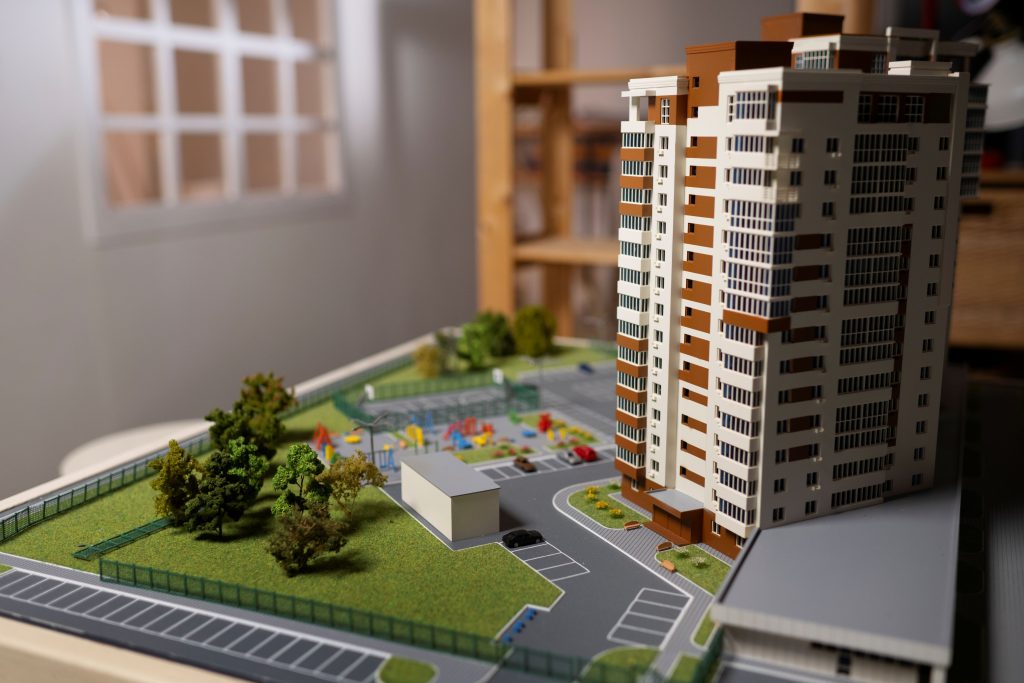
sustainable housing projects in India
In the Focus: Some of the Best Eco-Friendly Housing Projects in India
The practical merits of green houses have been proven by numerous new development projects across our country: pioneers of environmentally friendly houses have shown the new standards of sustainable living.
1) Mahindra Eden in Bengaluru: It is an innovative project that is the first of its kind in India, the first ‘Net Zero Energy,’ residential project – the building produces as much energy as it consumes, and the design concept includes 200% rainwater harvesting and grey water recycled use.
2) Godrej Properties (throughout the country): Their developments such as Godreja Woods at Noida demonstrate how developers of large scale are integrating sustainability into their designs by incorporating large amounts of green space, urban botanicals and high compliance with the eco guidelines of IGBC which provides the norms of creating environmentally friendly buildings.
3) Organo Naandi of Hyderabad: This community is the embodiment of what the integrated sustainable living concept means – it unites energy-efficient households conceptualized in India with organic farming, new waste management systems turning trash into value (also referred to as the waste to wealth solutions) supported by a unified system of communitarian resource management.
These presented examples are just the tip of the iceberg in terms of eco-friendly housing projects in our land, between sky-soaring urban towers and sprawlers in the country – both demonstrating that green design remains flexible, even in large scale projects.
The Future of Sustainable Real Estate in India: The Road to 2025 and Beyond
Admittedly, there is an increasing pressure. Therefore, it is not yet clear that the path of future will unravel itself. However, certain salient sustainable dwelling trends by the past, will greatly transform Green Home business scenery throughout the Indian peninsula over the next five year span.
The Major Trends in Sustainable Living in 2025
Net Zero and Net Positive Buildings: The new direction will aim to be proactively good, replacing the previous direction as spaces that aim to merely reduce harm to ecology. In them – a name dubbed as net zero, buildings are self-generative but in another sub-group called net positive, they are excessive in generating.
IoT Technology: will be a key component to integrate which will be applied to optimize real-time water and power usage as well as guarantee easy monitoring and control of the homeowner; creating a smart future of homes.
Circular Economy Principles: the new direction is aimed at minimizing construction waste by designing with the purposeful use of disassembly processes in the design of structures, reuse or recycling of end-life materials.
Biophilic Design: promoting the associations of the occupants of the building and the natural environment by bringing in new ideas in the form of indoor vertical greeneries/gardens (living walls), the emergence of green roofs as a norm and the creation of interior space so as to facilitate outside interactions thus enhancing better mental health and physical welfare.
Overcoming the Hurdles
The future has possibilities but challenges remain – expensive entry barrier is one of them as well as lack of skilled workforce to utilize the green building technique without recognition; however, with the fall in the cost of technology and the growth in the number of training programs and the frequent publication of success stories such barriers will continue to diminish.
Conclusion: Starting at Home a Greener Tomorrow
The increase in the number of the environmentally friendly houses in India is not only an architectural advancement; it is a powerful answer to the major challenges in modern times. This green real estate will not be any longer the niche market but the dominating one having a wide influence on the way we build our houses and invest in real estates there in the future by the year of 2025.
This proposal offers a progressive path of healthier living conditions to the home buyers at a low economic cost; it is very well socially acceptable due to its environmental responsibility. In addition to developers who have prospered by developing resilient businesses, eco homes represent the future because they are authentic in aligning their business ventures to the modern consumer value and ideologies.
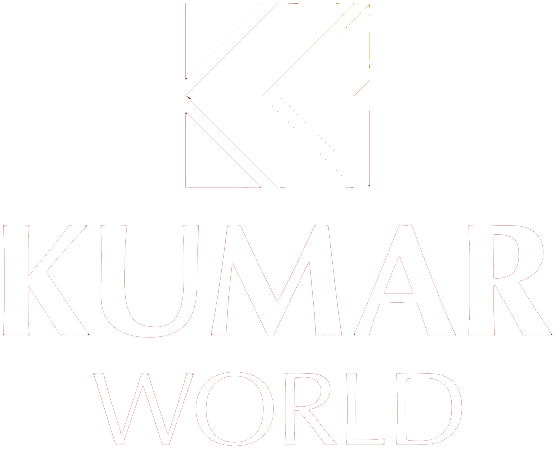
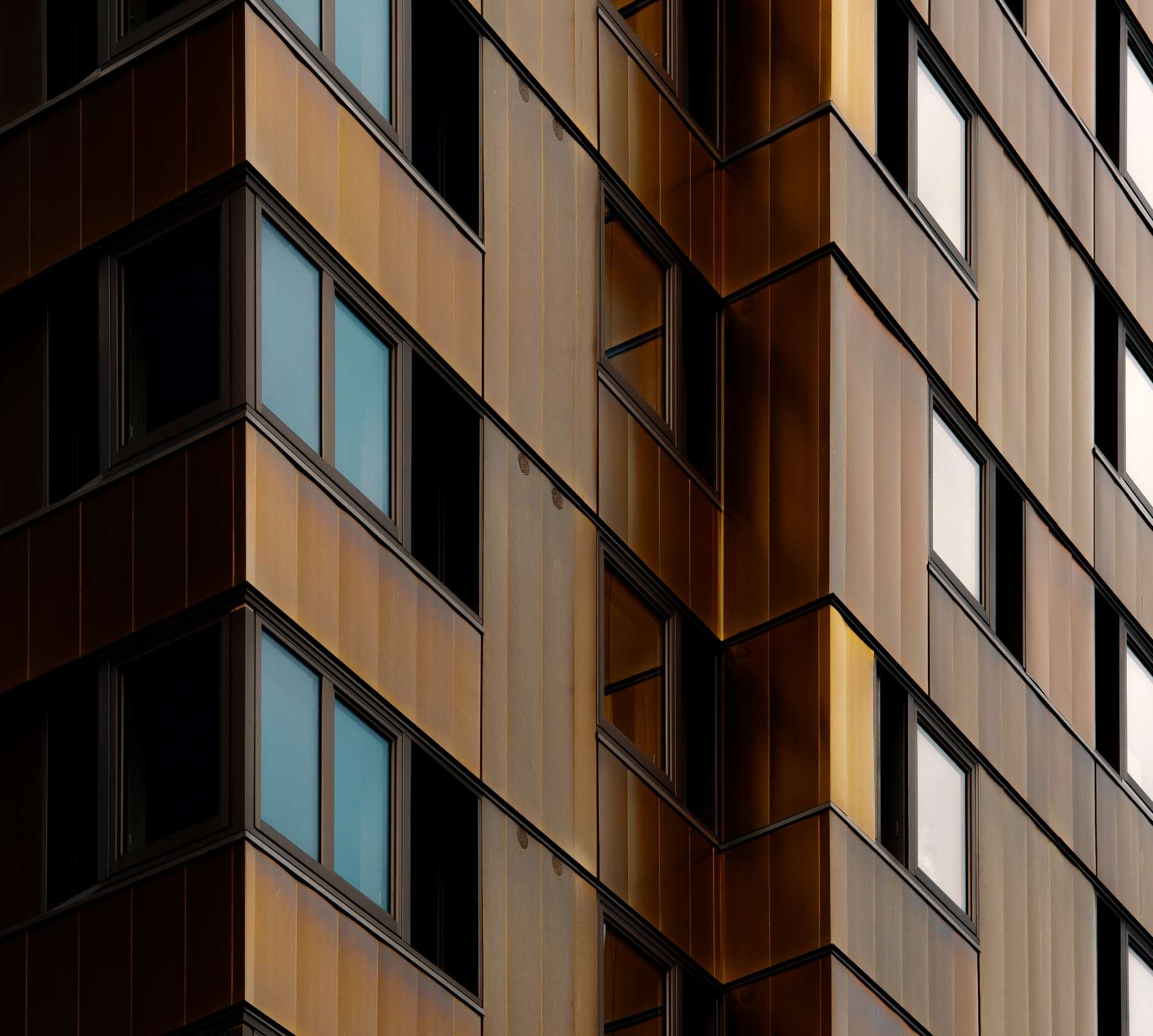
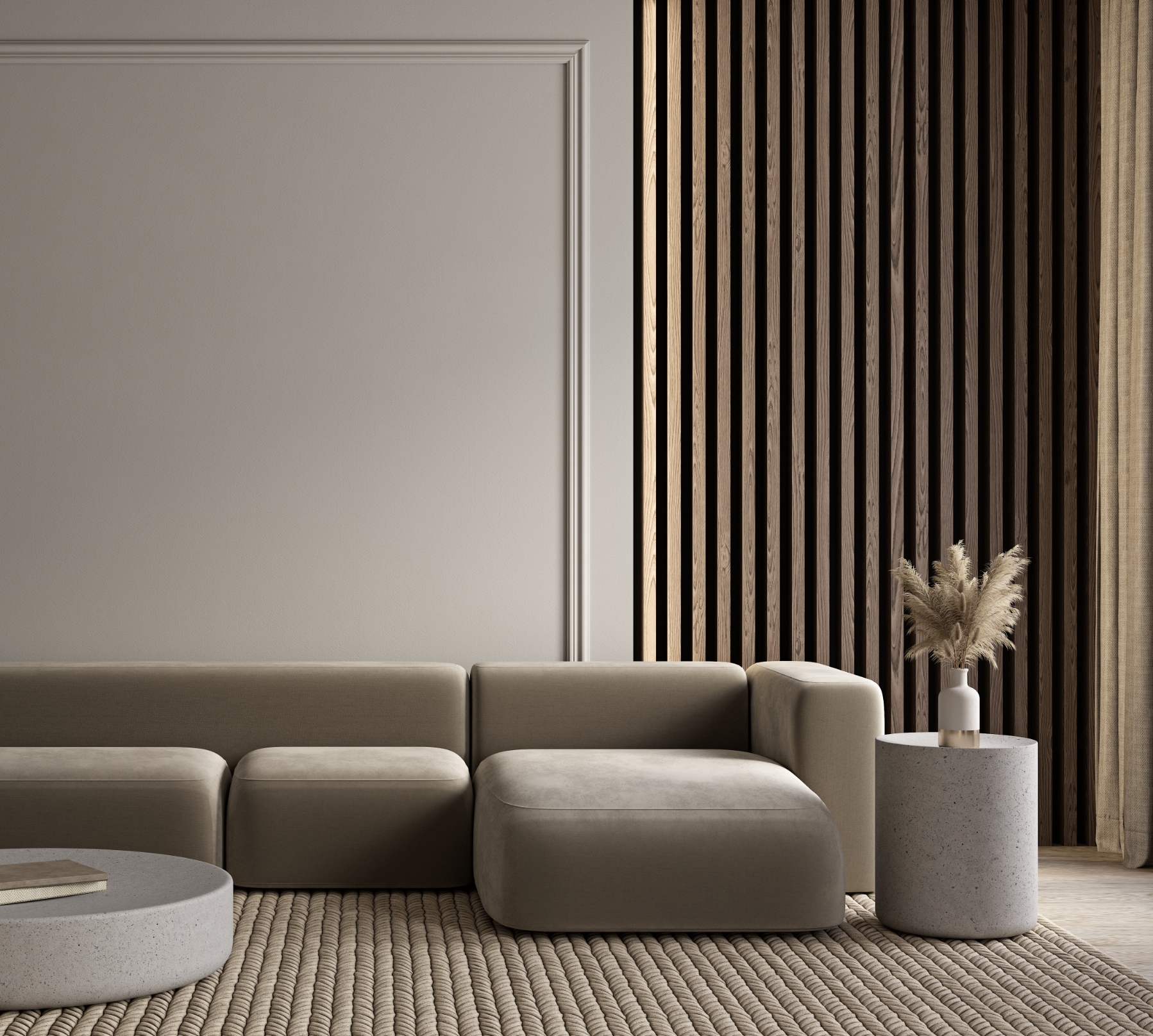
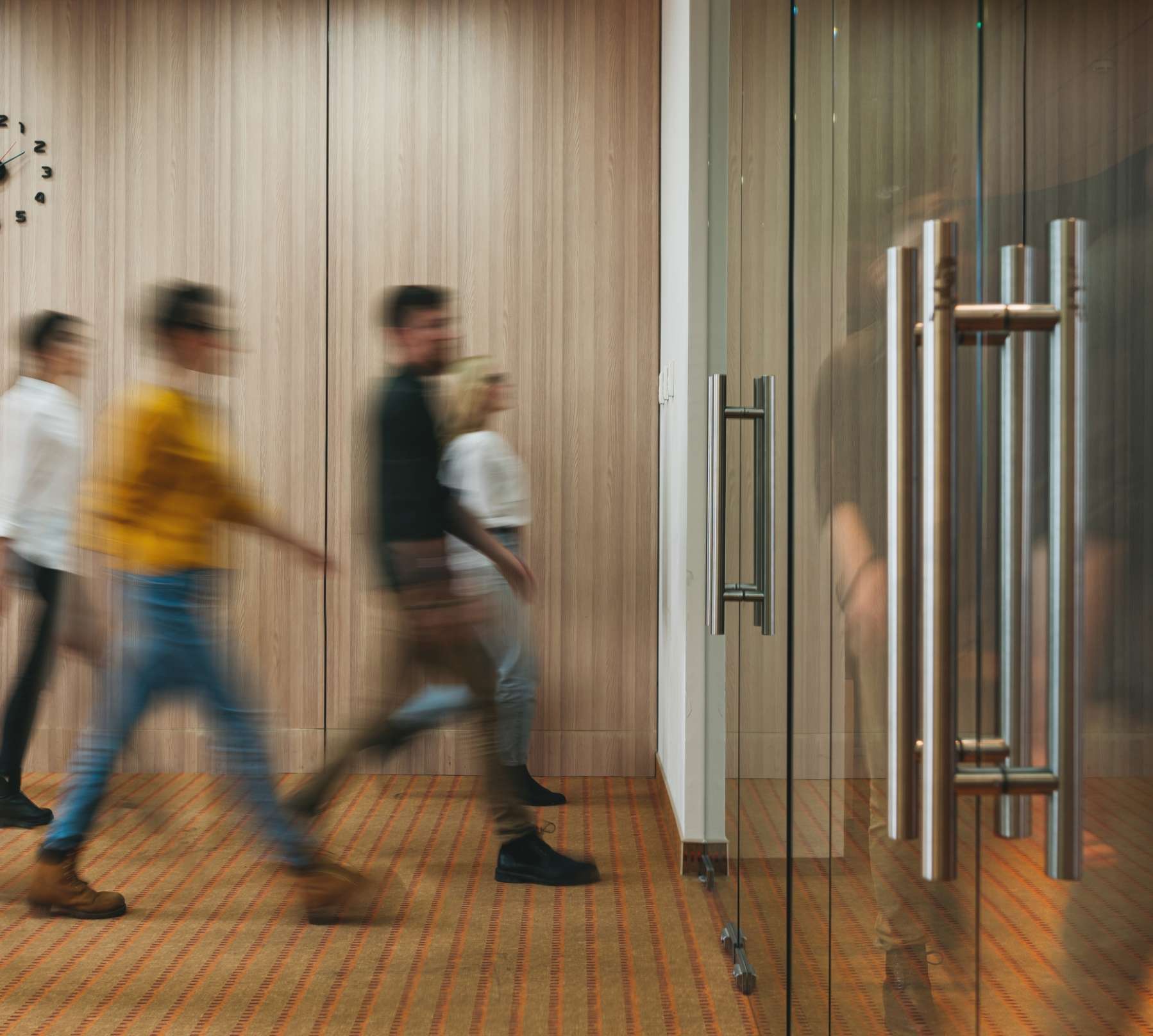



0 Comments